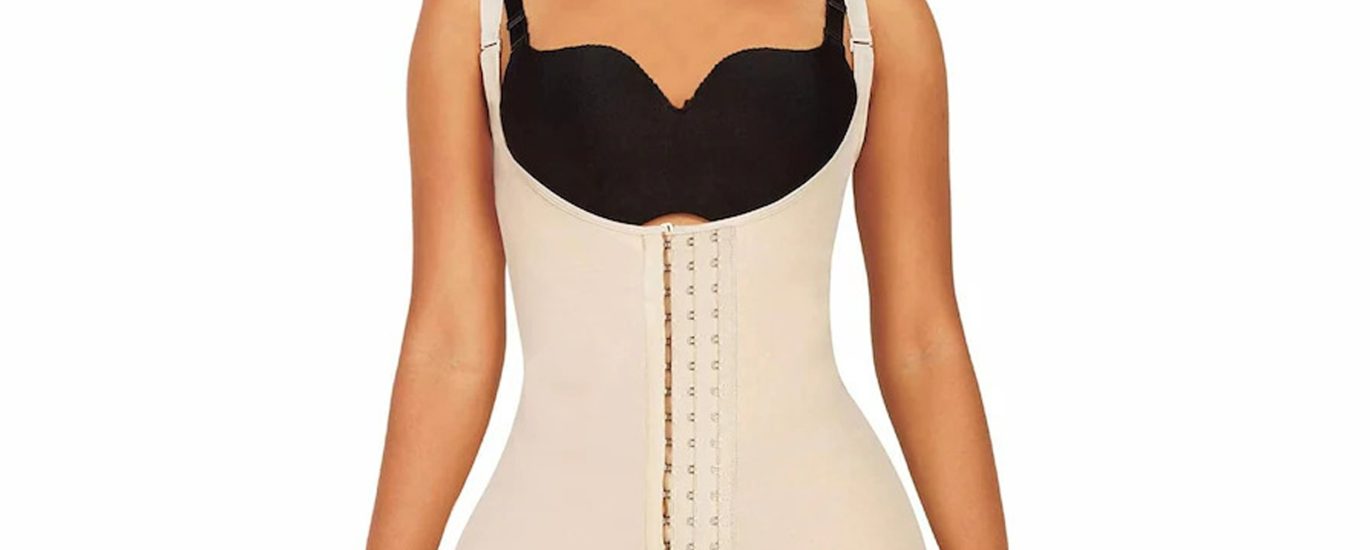Shapewear has become a wardrobe essential for many, celebrated for helping create a smoother silhouette under everything from casual outfits to formal wear. But one common question lingers for those considering shapewear as a solution for achieving a trimmer appearance—is it effective in reducing belly fat? To answer this, we need to break down what shapewear really does, its benefits, and what alternatives might achieve more sustainable results.
What Is Shapewear?
Does shapewear help reduce belly fat? Actually, shapewear is a type of undergarment that snugly fits your body, using elastic materials like spandex to provide compression. By redistributing soft tissue, it temporarily compresses the body to create a streamlined figure, making clothes fit better. Whether it’s a high-waisted brief, bodysuit, or corset-style option, shapewear is loved for enhancing confidence and complementing specific outfits.
It’s important to note that shapewear is primarily designed for appearance rather than any permanent changes. Although it can create an immediate slimming effect, the impact ends the moment the garment is removed.
Does Shapewear Reduce Belly Fat?
The short answer is no, shapewear does not reduce belly fat or contribute to long-term weight loss. Its primary role is cosmetic, offering the illusion of a flatter stomach or a cinched waist by compressing and smoothing out surface body fat. While wearing shapewear may make you feel and look slimmer temporarily, it does not burn fat, tone muscles, or alter body composition.
However, shapewear can be a helpful tool if you are looking for a quick fix to boost your confidence during a special event or when wearing fitted clothing. While the garment can shape how your clothes appear on you, it’s not a substitute for healthy lifestyle changes when your goal is a more permanent transformation.
Benefits of Shapewear
Though it does not contribute to fat loss, shapewear offers several benefits that extend beyond mere aesthetics. One of its primary advantages is creating a smoother outline under clothing, which can enhance both form-fitting and looser garments. For example, it can help even out areas where bra bands, seams, or waistbands might otherwise create lines or bulges.
For some, wearing shapewear provides a slight confidence boost by making outfits look more polished. Additionally, certain types of shapewear, such as posture-correcting bodysuits, may temporarily promote better posture by encouraging alignment through compression. These advantages make shapewear a valuable addition to your wardrobe for specific occasions or needs.
Alternatives to Shapewear
While shapewear serves a purpose, sustainable methods for reducing belly fat offer longer-lasting results. Incorporating regular exercise into your routine, particularly a mix of cardiovascular and strength training, can aid in reducing overall body fat. Exercise strengthens core muscles, contributing to a toned midsection over time.
Pairing exercise with mindful eating habits is vital. A diet rich in whole foods, lean proteins, vegetables, and healthy fats can support fat loss while improving overall well-being. Staying hydrated and reducing processed food intake are other key factors in achieving your health goals.
Focusing on overall health is more likely to yield long-term benefits than relying solely on quick fixes like shapewear. Building these habits into your lifestyle offers results that are genuinely lasting, as opposed to temporary solutions.
Conclusion
Shapewear can give you a smoother, more polished look in clothing, but its effects are purely surface-level and do not extend to reducing belly fat or reshaping your body. It is a fantastic tool for specific situations when you want to feel confident and stylish, but permanent changes require commitment to exercise, proper diet, and a healthy lifestyle.
The key takeaway is to view shapewear as a short-term helper rather than a solution. Combined with sustainable lifestyle choices, you can work towards results that not only enhance how you look but also how you feel in the long term.

